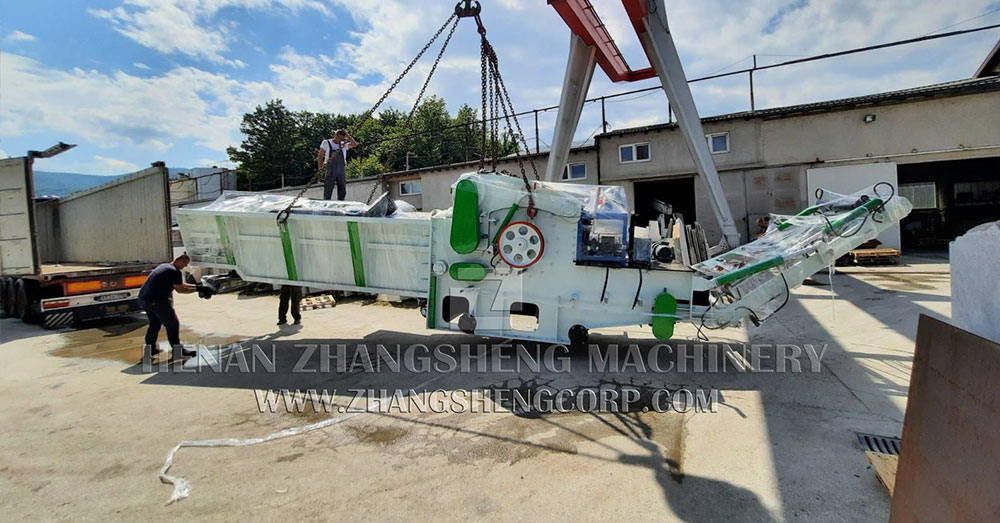What is Cutting Capacity?
Define cutting capacity: the maximum diameter of material the chipper can process.
Explain its significance in determining the chipper's suitability for various tasks.
Choosing the Right Cutting Capacity
Assess Your Needs:
Discuss how to evaluate the types of materials (branches, limbs, etc.) typically processed.
Recommend considering the largest size of material you expect to chip regularly.

Different Applications:
Light-duty use: Ideal for homeowners or small landscaping businesses (e.g., branches up to 3 inches).
Medium-duty use: Suitable for larger properties or tree care companies (e.g., branches up to 6 inches).
Heavy-duty use: Designed for commercial operations (e.g., branches over 6 inches).
Performance Factors
Chipper Design:
Discuss how the design of the chipper affects performance, including feed systems (gravity vs. hydraulic).
Motor Power:
Explain the relationship between engine power (horsepower) and cutting performance.
Blades and Chipper Type:
Importance of blade quality and type (e.g., knives vs. hammers) in achieving efficient chipping.
Real-World Considerations
User Experience:
Mention how a chipper with adequate cutting capacity can save time and reduce wear on the machine.
Safety and Efficiency:
Discuss the risks of using a chipper with insufficient cutting capacity, such as jams or damage to the machine.


